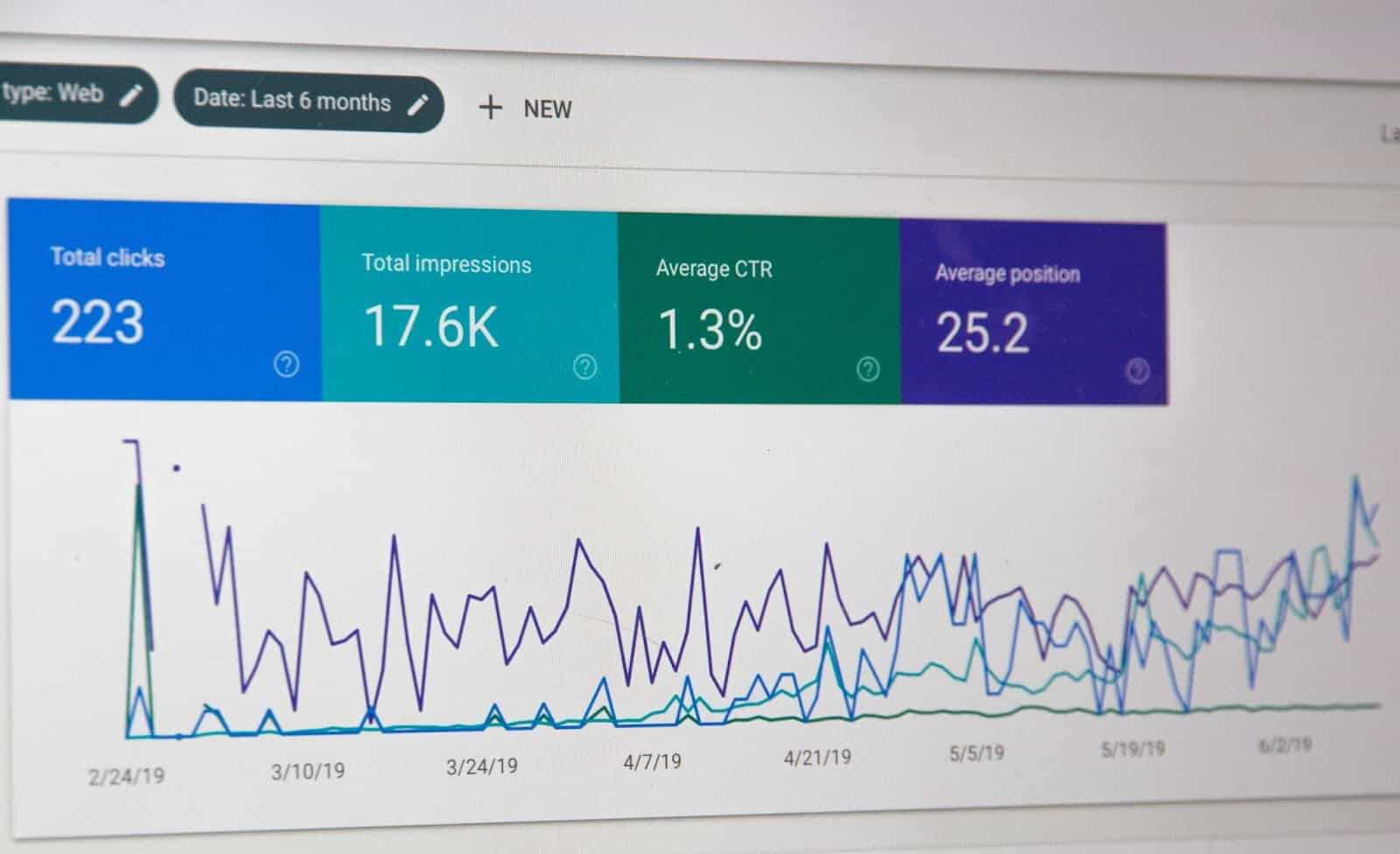How To Leverage Customer Analytics for Business Success
- Datameer, Inc.
- July 14, 2022

This article will cover the concept of customer analytics, its benefits, and how to leverage customer analytics for business success.
Customers are the primary source of income for any business.
Almost all avenues for maximizing revenue and minimizing costs in a business are directly related to its customers.
Elevating customer experience and satisfaction should be a primary concern for any business or organization.
A good customer analytics setup and culture is one way to achieve these.
With ideal customer analysis techniques and strategies, we can better understand our user base, improve our churn rate and drive sales.
What is customer analytics?
According to an article by Gartner, customer analytics can be defined as the use of data to understand the customer’s composition, needs, and satisfaction.
It’s about getting beyond the data or, more specifically, below the data and telling stories about the underlying unobservable processes driving our data and, by extension, our business.
Customer analytics allows us to analyze what channels of customer acquisition and retention are working and what is not.
Benefits of Using customer analytics for business success :
Drive Customer Acquisition
- It helps focus on channels that drive the most customers
- It helps to understand the customer journey from awareness to advocacy
Improve Engagement
- It helps identify what type of feature resonates with which customer.
- It helps to identify the most remarkable feature to cater to an elevated experience for the customer.
Increase Revenue
- It helps to gain insight into the most popular revenue channels.
- It helps to predict the most profitable customers for a business.
Increase Retention
- It helps to understand the reasons behind the loss of new/regular customers.
- It helps to identify the behaviors needed to improve the retention of customers.
3 Types Of Customer Analytics
In the past, segmentation by demography was the primary form of customer analytics used in segmenting customers.
However, with the advancement of media and technology, businesses started realizing that users are different from each other in many different ways, leading to more innovative data collection and customer analytics practices.
Customer Analytics can be broken down into three broad buckets: descriptive analytics , predictive analytics , and prescriptive analytics .
1, Descriptive Analytics :

Descriptive Analytics helps us to frame what’s going on within the business.
Descriptive Analytics refers to suitable summaries of our customer data. With this type of analytics, we can ask and answer questions like “what happened” and “why.”
A good example is analyses of your customers’ responses to inbound and outbound marketing activities, e.g., analysis of customer success metrics such as net promoter score, etc.
2, Predictive Analytics :

Predictive Analytics refers to drawing insights that aren’t directly observable in the data.
With Predictive customer analytics, marketing analysts try to pull out customers’ underlying tendencies by looking at historical and current data.
3, Prescriptive Analytics :

Prescriptive Analytics layers are on top of the types above we just mentioned.
Based on insights, we know what’s going on and can now project what will happen and the optimal steps to take.
How To Leverage Customer Analytics for Business Success
According to Mike Meth, former head of insurance practice at WNS
“ one of the first barriers that companies encounter is that they assume that the way they have the data organized and the data they’re storing is going to be useful in an analytics project and it isn’t always. ”
Before embarking on marketing analytics or customer analytics project, you have to:
1, ASK THE RIGHT QUESTIONS :
Companies tend to hire a bunch of expert analytics people, buy tools, put them all in a room, and say, “we have a lot of data …do your magic and show us insights on our customers”.
This is impractical and a segue to an unsuccessful customer analytics project.
The business should first be prepared to ask and provide answers to questions such as:
- How can we reorganize information from my various internal and external data channels?
- How can we organize that data and transform the information to make it usable in an analytics project?
2, USE THE RIGHT DATA TOOLS AND TECHNOLOGIES
Companies have to consider the nature of their data landscape to select the most appropriate tools for their use cases.
Ask:
- Where will we create a new data store explicitly used for analytics purposes?
- How do we manage data replication over time?
- How scalable is the technical solution?
3, ADD DOMAIN EXPERTISE TO THE ANALYTICS TEAM
We just said that it is crucial to focus on asking the right questions. For most businesses, the people who know what these “right” questions are the domain experts.
Companies have data, hire analysts and buy tools, then think those are the three components to produce fantastic results.
They forget about the domain expertise that needs to go into the mix.
For a successful customer analytics setup, you and your team must get the right people to ask the right questions.
4, FOCUS MORE ON THE “SCIENCE” IN DATA SCIENCE
Peter Fader once said, “The problem is when we talk about data science, there’s been too much emphasis on the data and not enough emphasis on the science.”
The aim of a customer analytics project it’s not just to collect data and analyze it. It is to carefully think about why we are collecting that data and how it can accurately improve how we track our users.
That’s where data science helps us. By focusing more on the science, we not only extract knowledge and insights from noisy data but apply those insights to a broad set of business benefits.
The first step you should take with your customer data is…
The natural beauty of analytics isn’t just collecting a lot of data but figuring out ways to do it synergistically.
One of the first steps you can take as a business is choosing the correct foundational premise to house your customer data.
Our recommendation is Snowflake data warehouse Cloud.
With transformation tools like Datameer and warehouses like Snowflake, you can collectively draw insights from your different customer metrics.
Consolidate your marketing data in Snowflake today and leverage the powerful modeling capabilities of Datameer for proper analysis of your customer data.
Please don’t take my word for it….Explore our free trial today!


